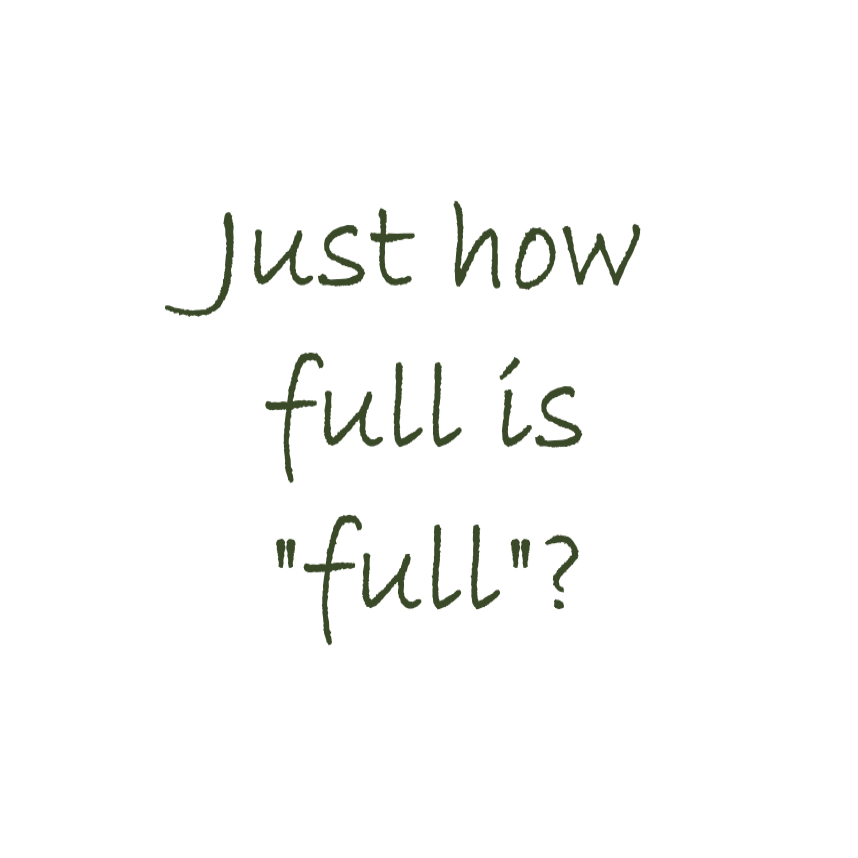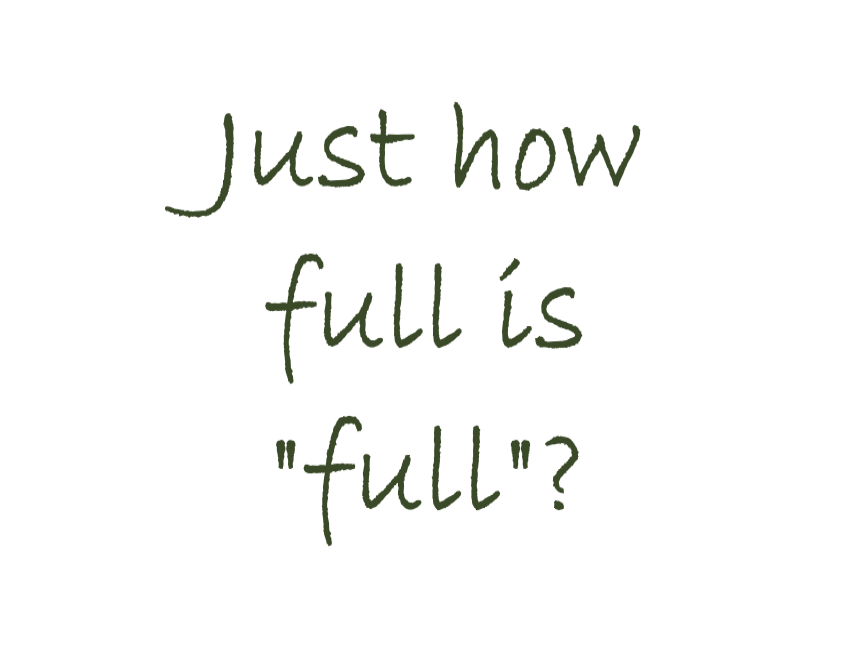
The phrase “full coverage” does not actually appear in any insurance policy you’ll ever purchase, and it can leave you with a policy you don’t want. So, we’ve put four simple questions below to help get what you want.
The Problems with “Full Coverage.”
“Full coverage” is a phrase people bandy about when they’re talking about car insurance and getting quotes. It’s a handy way of saying you want your insurance policy to include liability coverage and coverage for your car.
But “full coverage” can make you vulnerable to lousy or lazy insurance salespeople. How so?
They can use the vagueness of “full coverage” to lower the price (for the quick sale!) by giving you Oregon’s rock-bottom liability limits. After all, “full” means you just want to be sure you’ve got coverage on your car, right?
Or, they hear the phrase “full coverage” and add in coverages that you may or may not want. After all, “full” means you want a policy “full” of all the options, doesn’t it?
Either case leaves you with coverage levels that you don’t really want. Do you want minimum liability limits that Oregon established over 40 years ago, back when you could purchase a Mustang for seven grand? Or do you want rental reimbursement or towing included?
All that to say, it’s important to clarify what you’re actually getting so you get what you want.
Hopefully, agents will seek to clarify these questions with you, but if they don’t, the good news is that a few quick follow up questions will help get the coverages you want.
Four follow-up questions to “full coverage”:
What are the actual liability limits?
This is arguably the most important coverage you’ll select on your policy. It is what protects you from financial damages that you accidentally cause to other people and other cars.
In other words, if you accidentally cause severe injuries to someone, it’d be a bummer to know that you do have “full coverage” only to learn that you have minimal liability limits. The other party could take you to court to seek further recovery.
What are my deductibles?
“Full coverage” usually does mean at least two coverages, comprehensive and collision. But with what deductibles?
The deductible is the part you pay before the insurance company does.
Does this include Emergency Roadside Assistance and Rental Reimbursement?
Some people assume “full coverage” includes these coverages, others don’t. So be clear what you’re getting. These optional coverages help provide roadside assistance and help cover the cost of a replacement rental vehicle if your car is in the shop from a covered accident.
Does this include GAP type coverage?
This is a coverage that may be of interest if you have a significant loan on your car. It helps prevent being upside down on your loan if your car is totaled and is usually less expensive than GAP insurance offered at a dealership.
Bottom line, clarify your coverages before an incident. When a time comes to file an insurance claim, your policy contains no such thing as “full coverage.”
There are, however, coverages for liability, comprehensive, collision, roadside assistance, & rental reimbursement. So ask about them.
Let us know if you’d appreciate some car insurance quotes or go to our Understanding Car Insurance page if you’re curious about specific coverages.

